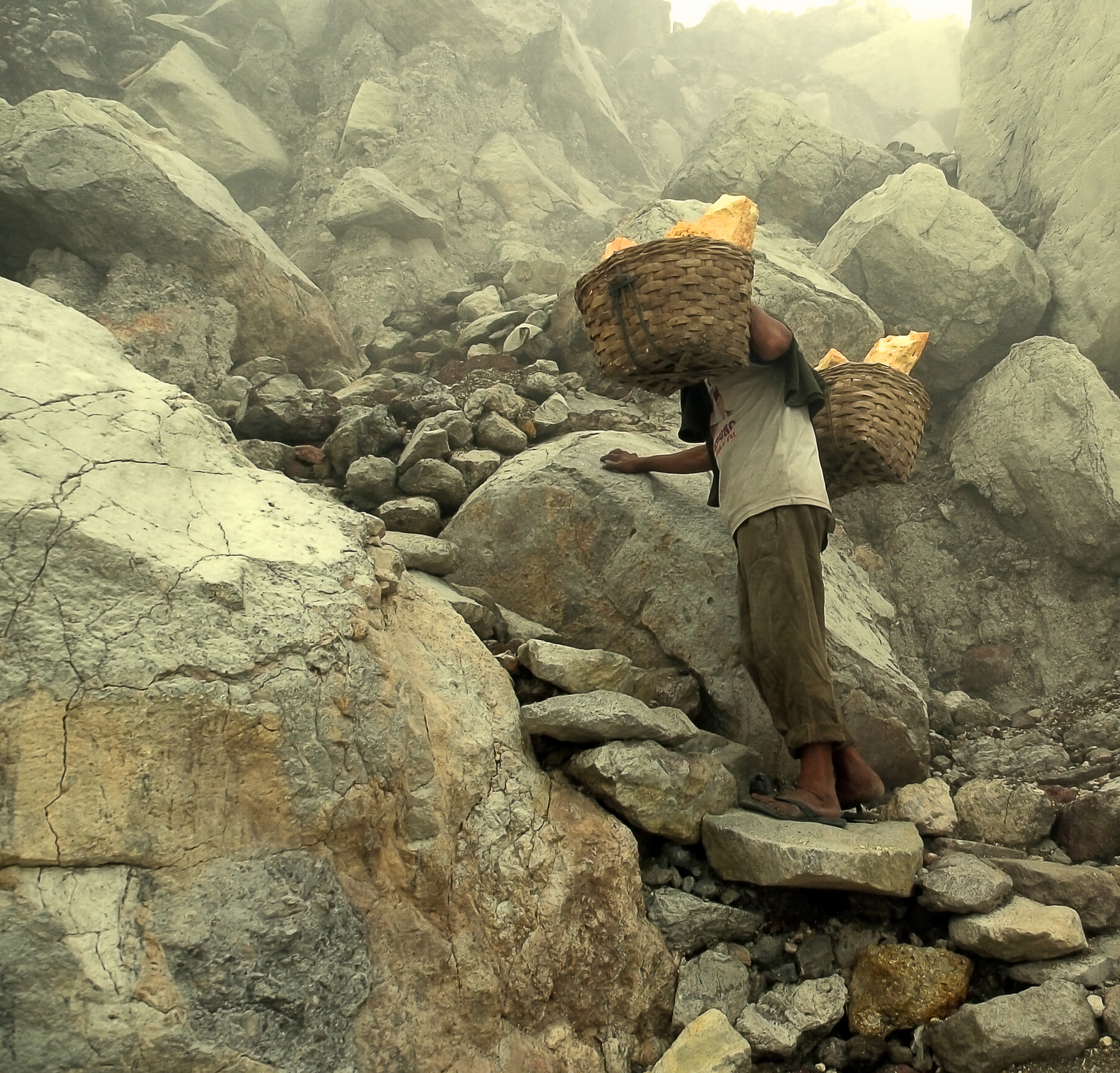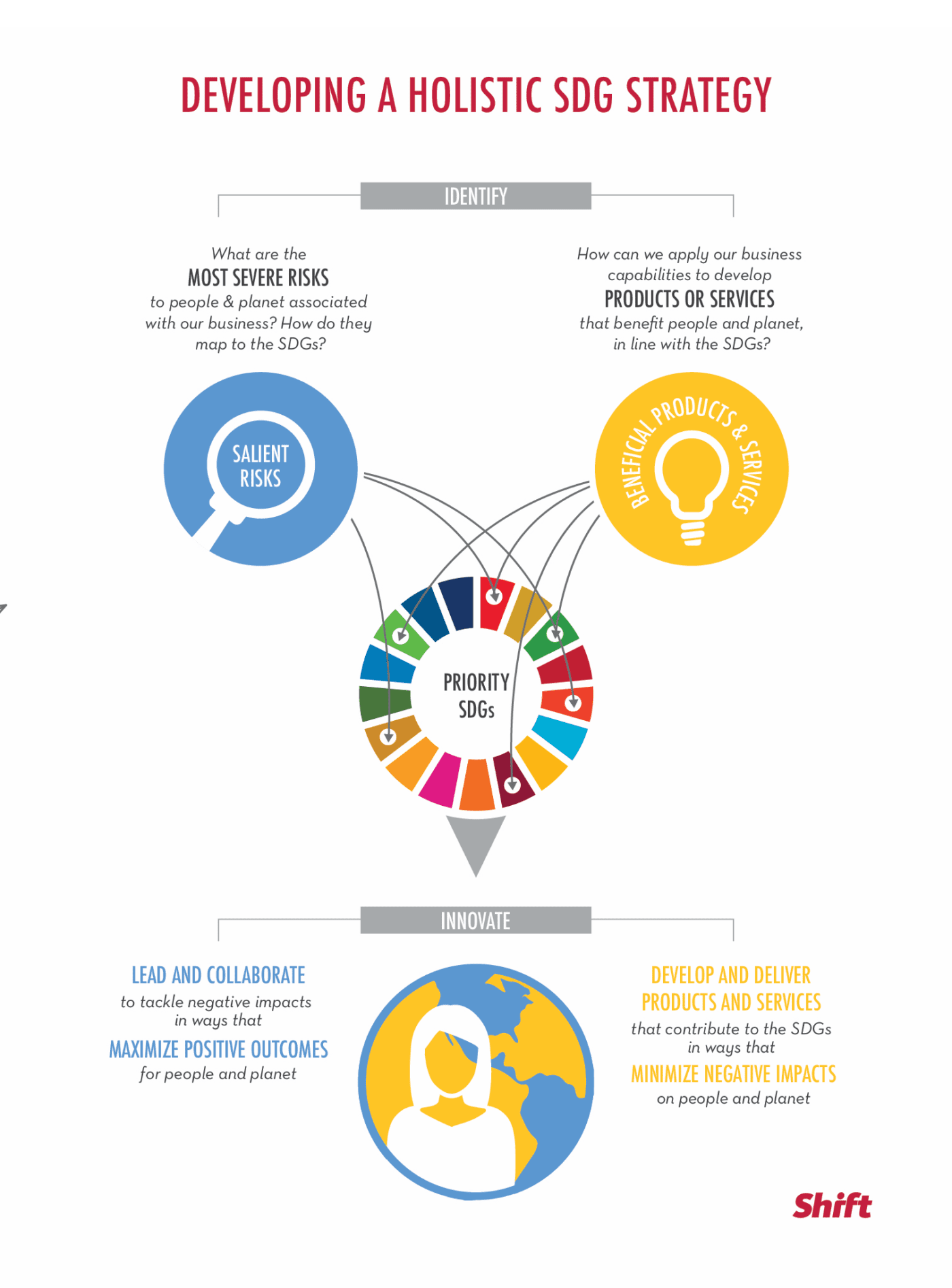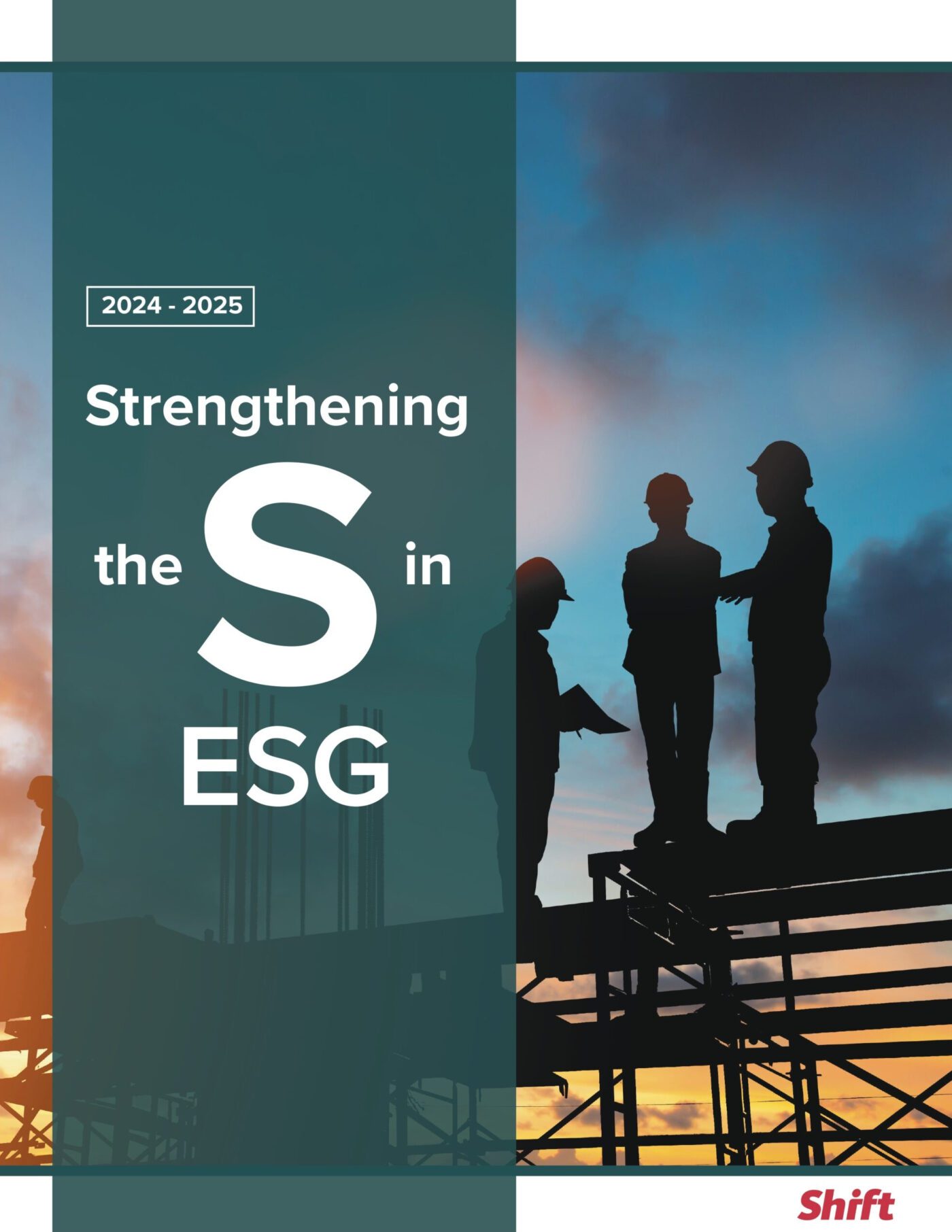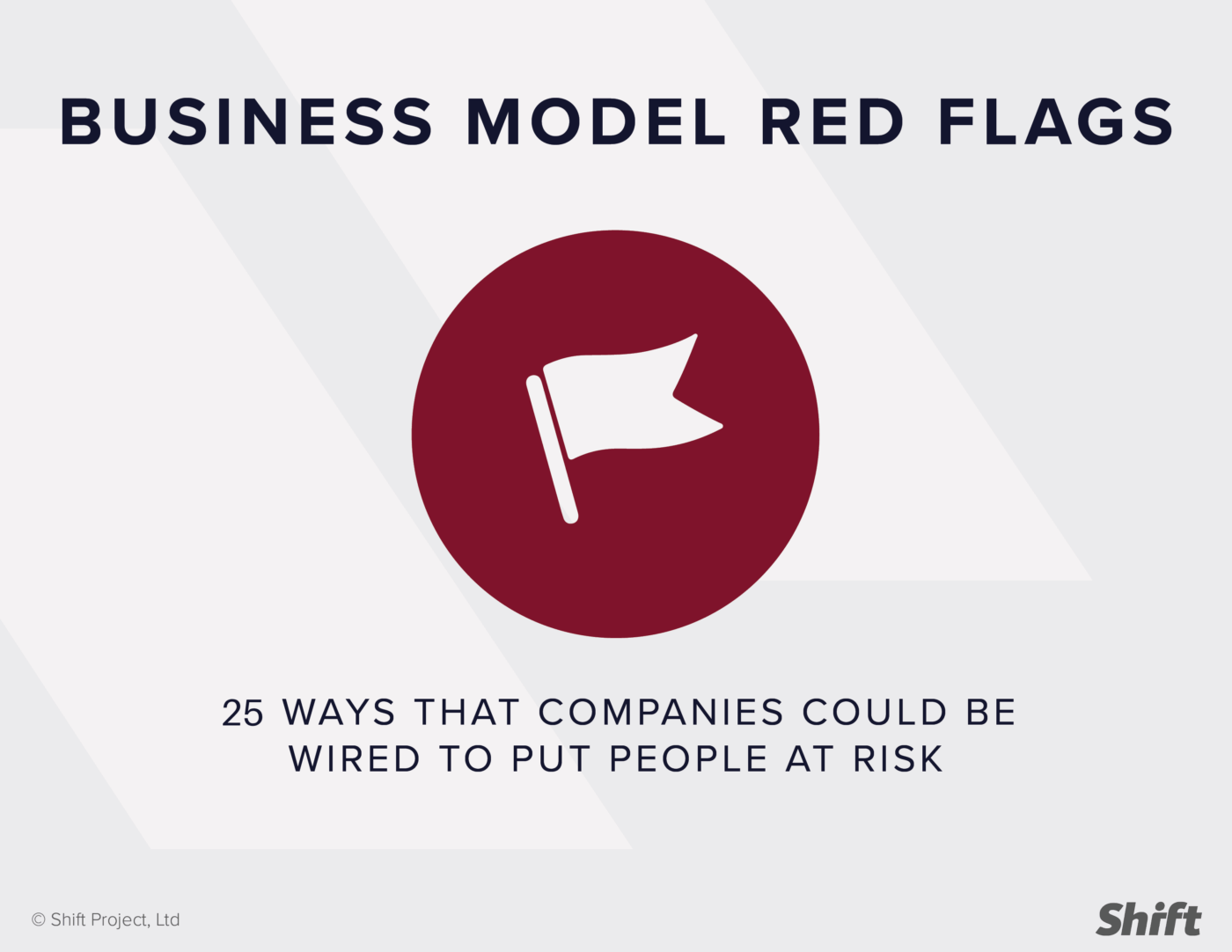ABOUT THIS INTERACTIVE VERSION
This is an interactive version of The Human Rights Opportunity report, prepared by Shift to offer a format that you can read and use online. Through this report, we seek to provide inspiration for how companies can harness innovation, leadership, influence and partnerships to tackle negative impacts in ways that maximize positive outcomes for people, in line with the SDGs. Contexts vary, and none of these examples would claim to be perfect. But they are all a substantial step in the right direction.
Use the numbers above to navigate between the introduction and each of the four chapters. To reference a specific case study of the fifteen used to build this report, use the case studies menu located to the right of each chapter page. You can also download the PDF by using the button on the header of this section and share this resource on social media. In addition, you’ll see some of our resources and tools referenced throughout, to help you guide your reading.
To get started, watch this short video:
Shift’s “The Human Rights Opportunity” offers 15 practical examples of how companies and multi-stakeholder initiatives are aiming to address human rights impacts and, at the same time, are showing great promise in delivering significant contributions to the Sustainable Development Goals (SDGs).
How to use this resource:
We have selected four issue areas to focus on, in order to provide an illustrative set of potential business impacts on people across sectors, geographies, and steps in the supply chain:

Living Wages
Living Wages
The provision of living wages for workers in global value chains could contribute to supporting entire families and communities in surfacing from conditions of poverty, fueling the economic and social development called for by both public and private actors in their endorsement of the SDGs.

Forced Labor
Forced Labor
Combatting forced labor situations, including those that involve children, is a necessary component in building sustainable economies that work for all.

Gender Equality
Gender Equality
Women and girls comprise half of the planet’s population; their empowerment is essential in expanding economic growth and promoting social development in a sustainable way.

Land Rights
Land Rights
Land is life. Regardless of geographical location and socioeconomic status, each person relies on land, at least to some degree, for the provision of basic human needs such as clean water to drink, nutritious food to eat, and safe housing to shelter in.
You can click on any of the above, or use the chapter menu at the top of this page to select the issue area that you want to explore. Each issue area page also has a side menu with a list of corresponding case studies. You can also download this resource in PDF format to review offline.
Sustainable development is about the planet. And it is about people.
With their ever-expanding power and influence, companies have a critical role to play in achieving the Sustainable Development Goals (SDGs). The way they work, source, hire, produce, sell and deliver can have a major impact on our natural resources; and it can also affect all of us as people, and our ability to advance our lives with dignity.
Every day, more companies are acknowledging that responsibility. But, words are easy. Delivering is much harder. With 17 Sustainable Development Goals and 169 related targets, companies may feel overwhelmed or not know where to start.
The risk is that they look for an easy way out by repackaging what they already do in glossy “SDG wrapping.” Or, even worse, that they focus resources and efforts on certain Global Goals based on ease and marketability, rather than their true impact.
The focus has to change.

In order to adopt a coherent and effective approach that maximizes their contributions to what the world needs, companies need to place human rights at the center of their SDG strategies and activities.
What does that mean in practice? It means that businesses need to think about the people part of sustainable development just like they do the planet part.
First, companies should work out where the salient (most severe) risks to people and planet are within their operations and value chains and map those priorities to the most relevant SDG goals and targets. Then, they need to find ways to tackle those risks in ways that maximize positive outcomes and therefore support the Global Goals.
Second, companies should see if and how they could provide beneficial products, services or investments that can bring positive impacts to people and planet and thereby contribute to the SDGs. However, they must make sure to develop and deliver those new innovations with respect for people and planet along the way.
By bringing these two steps together, a company can develop a strategy for the SDGs that enables it to prioritize its efforts and be true to its business, what it does, where it works, and how it impacts people in the most practical sense; a strategy that is principled, coherent and capable of bringing our world closer to a sustainable future.
Shift is grateful to the Governments of Sweden and Norway for their generous financial support, which made this work possible, and to all those who participated in the extensive interview and review processes that fed into this compendium.
Shift also thanks the Danish Institute for Human Rights and the UN Global Compact for additional inputs into this project.




